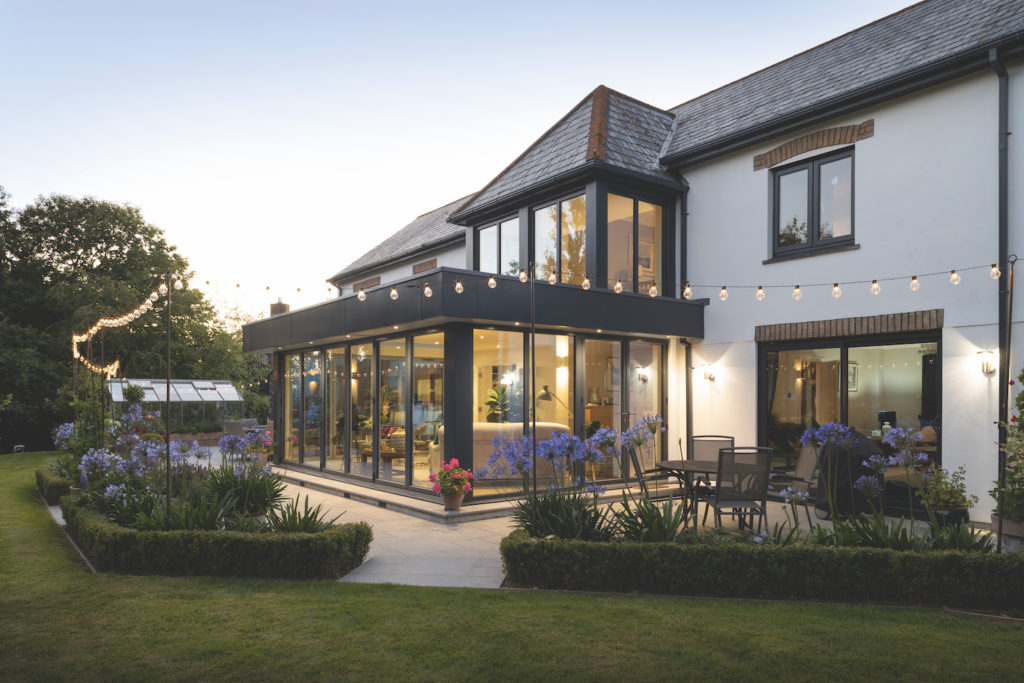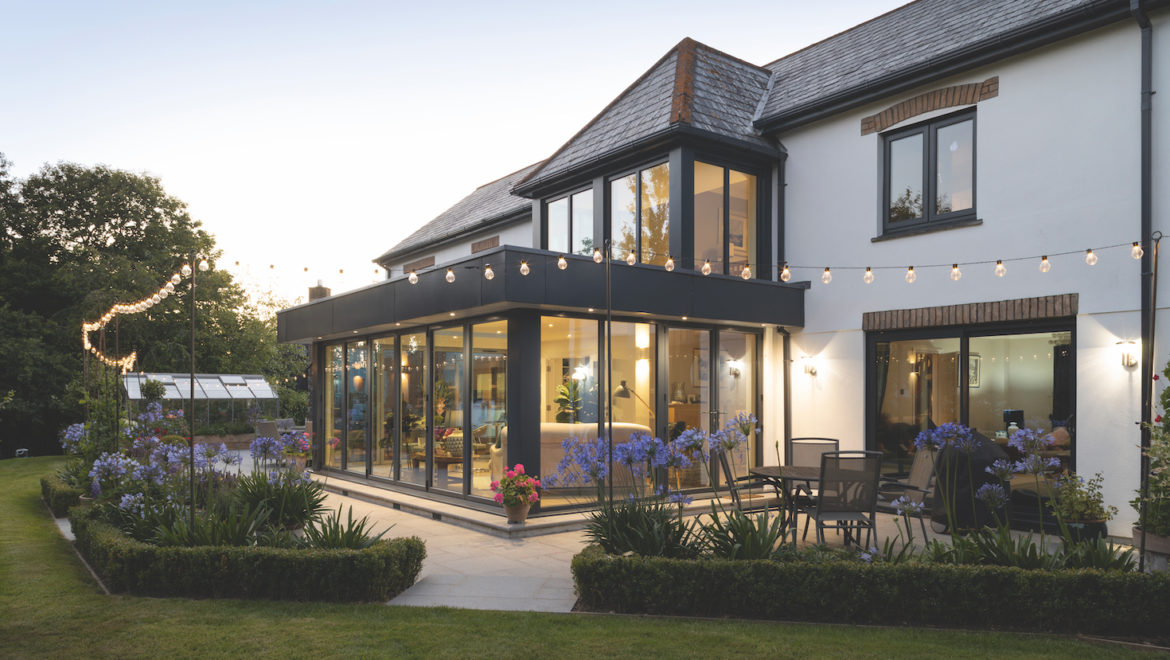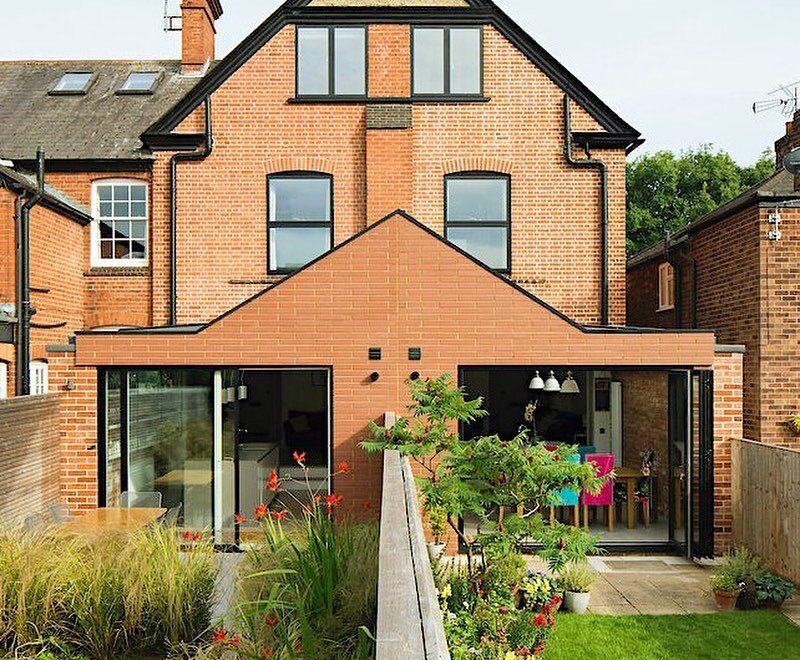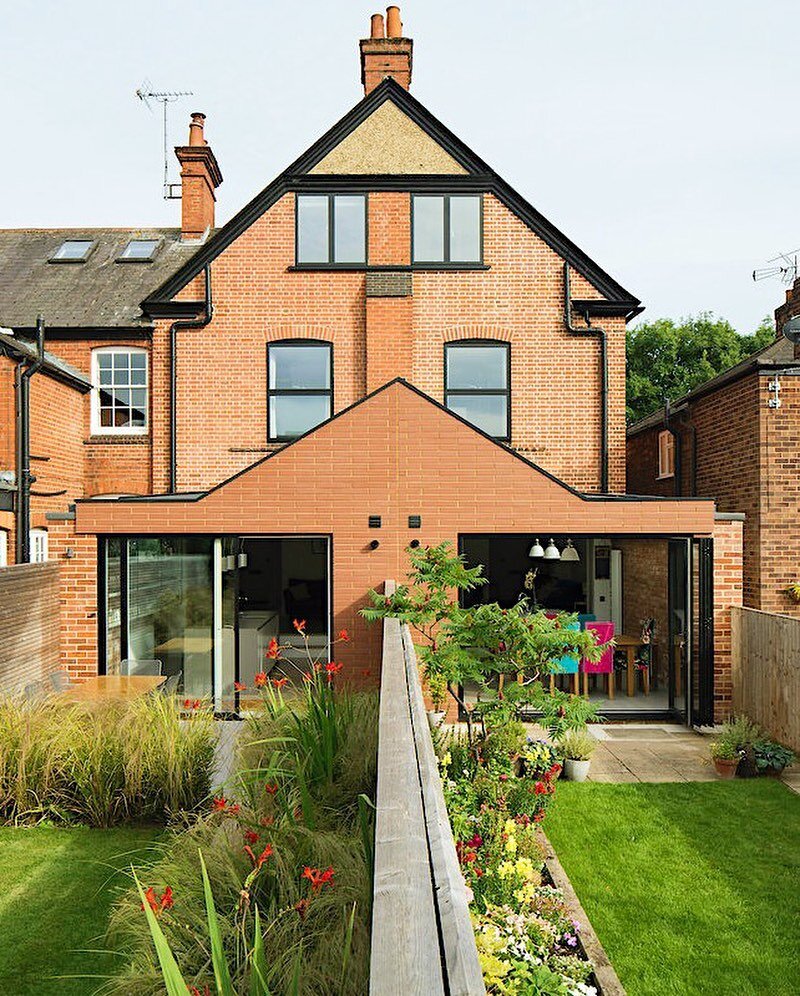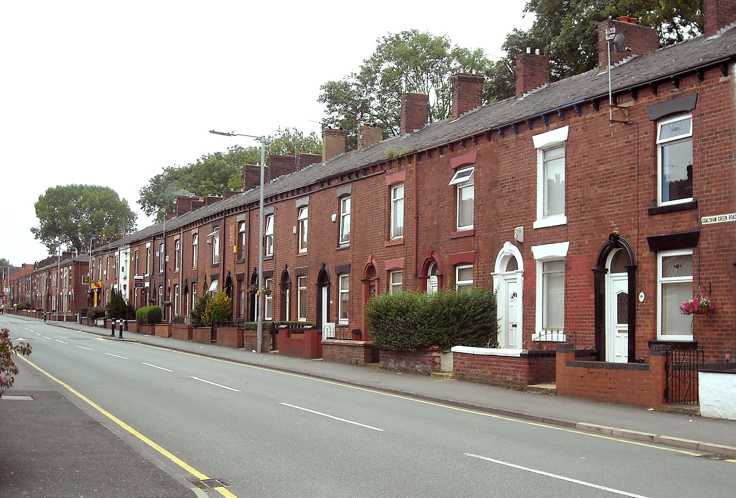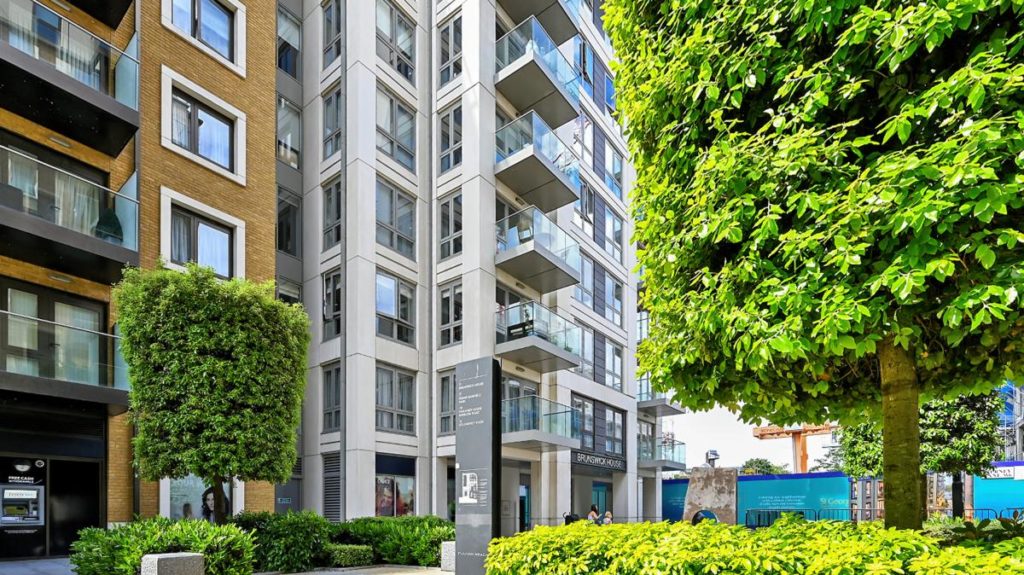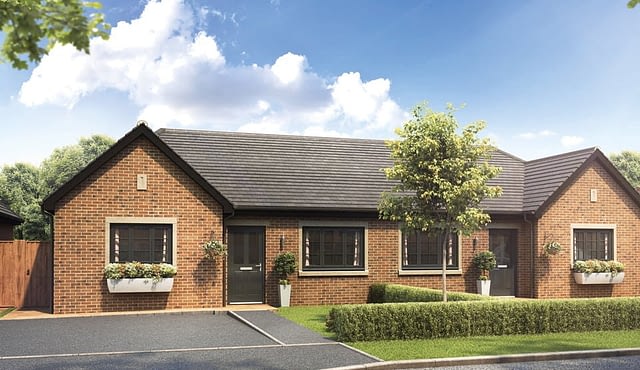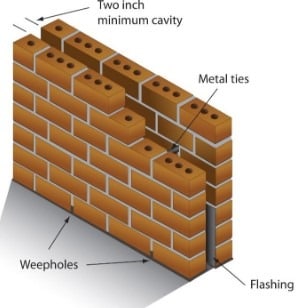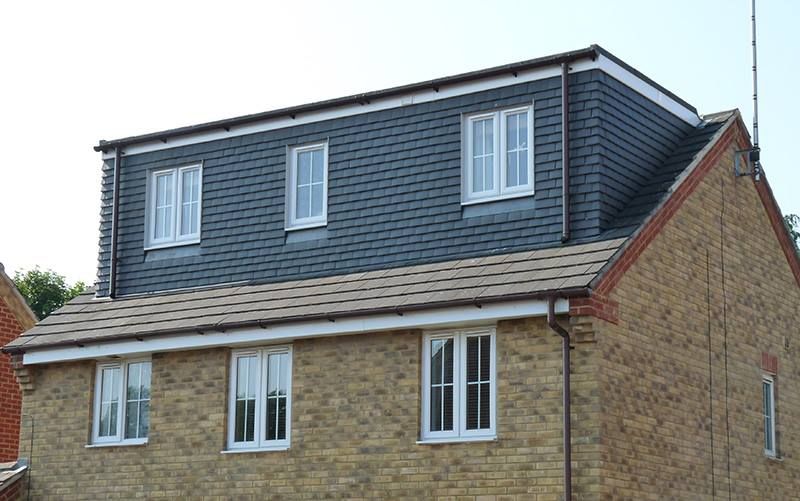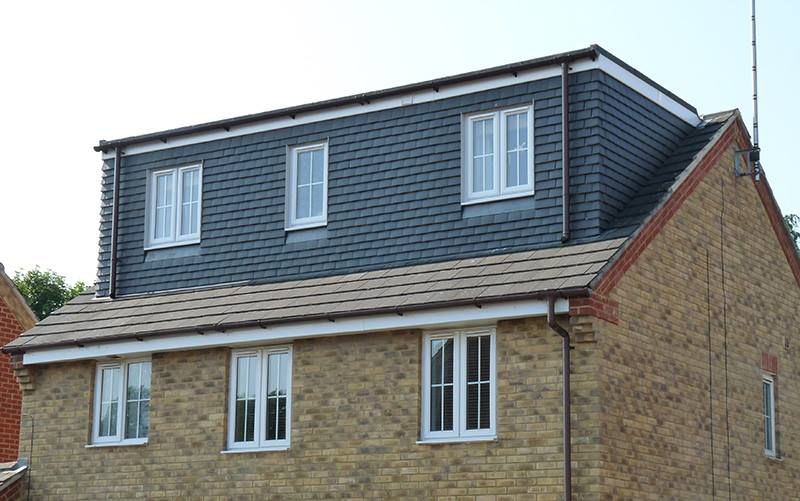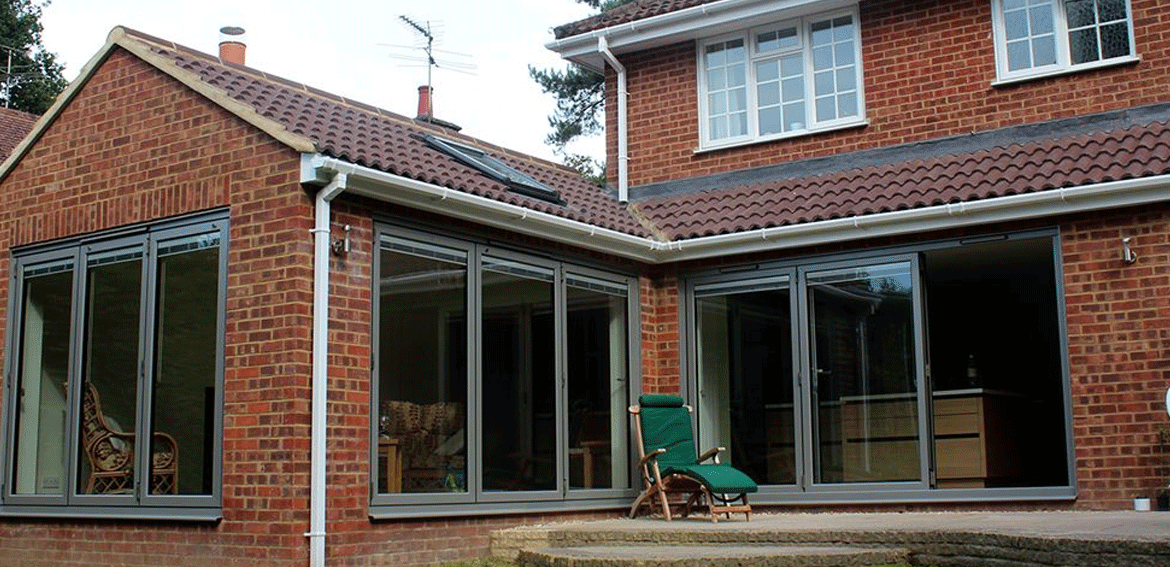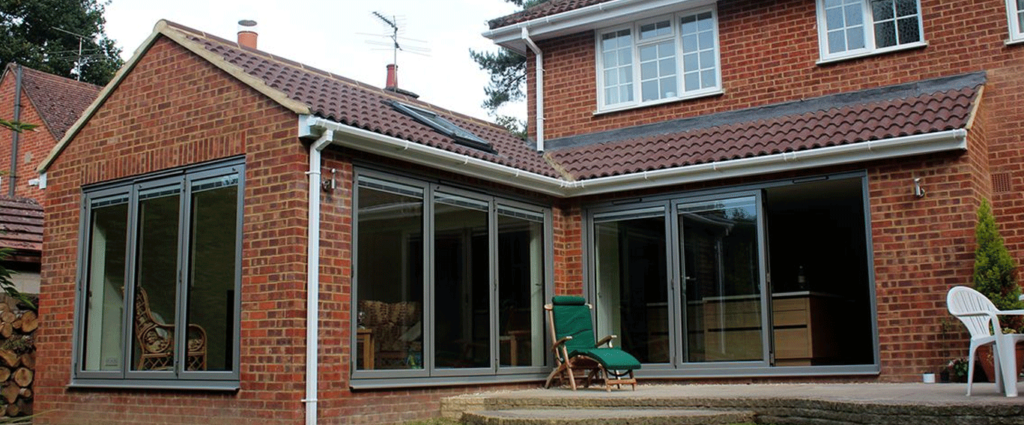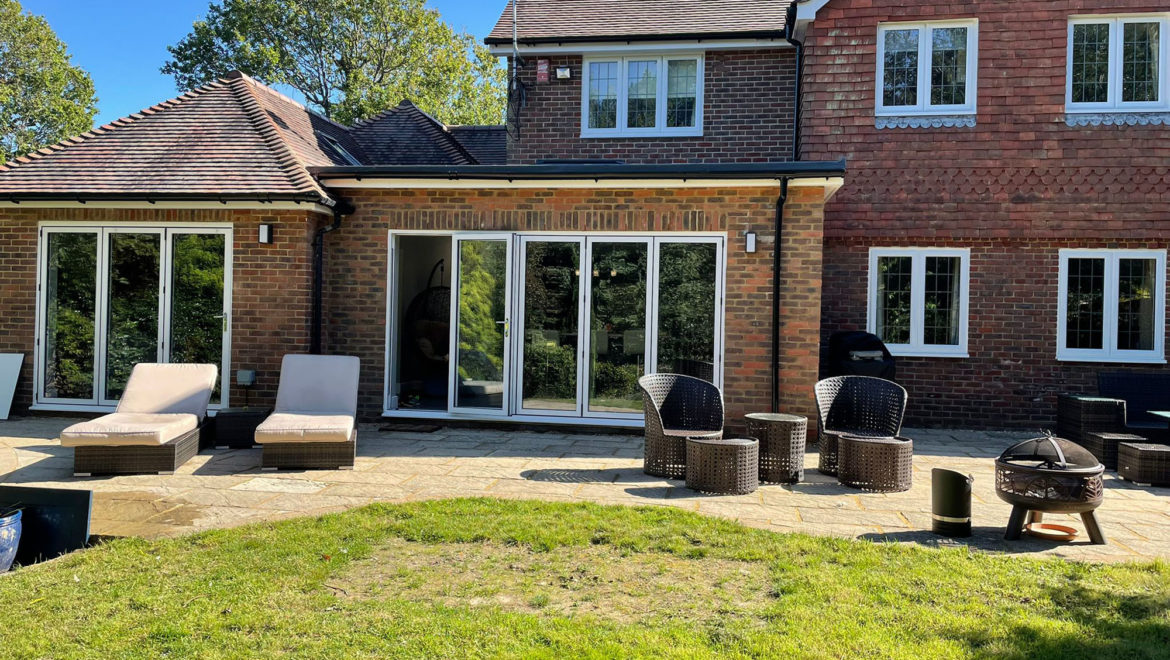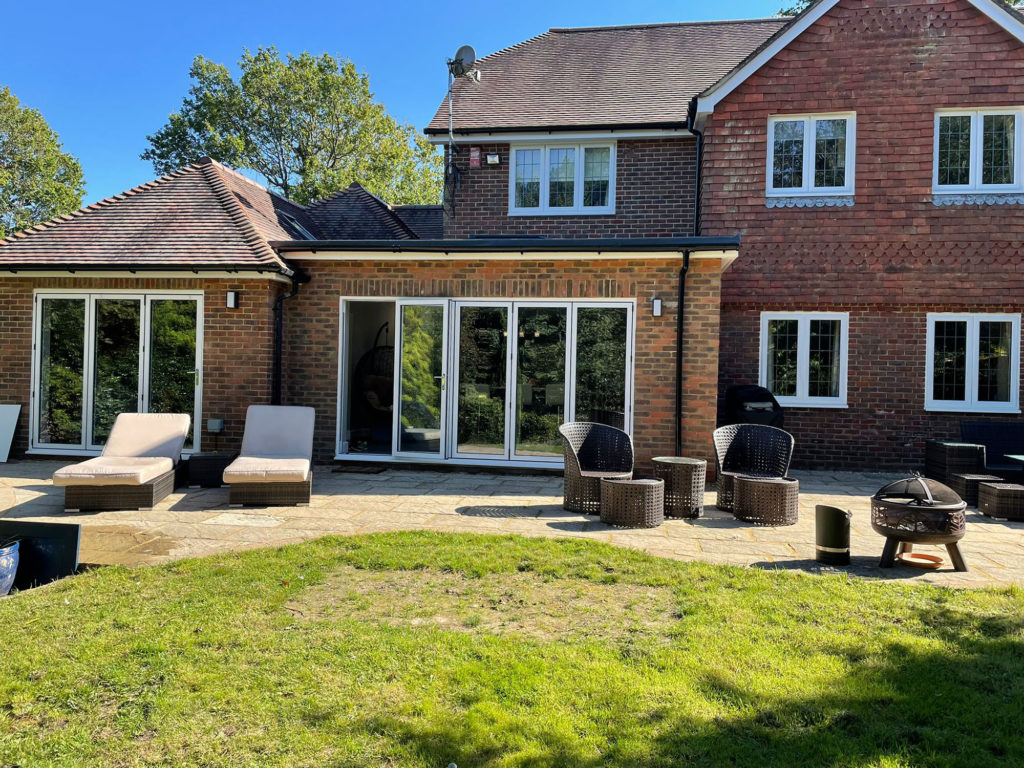Common mistakes made by people when extending their home
Extending your home is a big project and can cost you a lot of money. So, here is a list of common mistakes that you may want to avoid.
Having an unrealistic schedule
It is common knowledge that building work can be unpredictable and can take longer than expected. There are some things you can’t just predict or plan. Having an understanding of this from the beginning of the project can help you prepare for delays. For instance, having a positive and chilled attitude will help form a better relationship with your contractor.
Rushing the design
If you’ve recently purchased a property or moved into a new home, you should live in the home for a while before extending or renovating. This is so you can get a real insight into what changes you want to make to the property. By waiting a year or so, you can see how the house stands and works throughout the seasons and different weather types.
Upsetting the neighbours
You must always inform your neighbours about any renovation that is going to take place on your property. Regardless of whether you get along with them or not. Often building works can be disruptive to your neighbours and their properties. So, to make sure no conflicts occur you should be aware of and get a party wall agreement. The agreement with your neighbours usually takes place in letter form and can be done by a third party such as a party wall surveyor.
Going over your budget
Running out of money when you are halfway through a project can be one of the worst things that can happen. This is why ensuring that you get fixed quotes and estimates from the beginning is vital. Before you start your project, it is important to have a contingency fund available just in case anything unexpected comes up.
Not researching tradespeople properly
It can often be tempting to choose a cheap builder so you can save a bit of extra money. However, employing a skilled professional is a good investment, so you can avoid unfinished or bad-quality work. You should choose a trade person based on their previous work and trusted recommendations.
